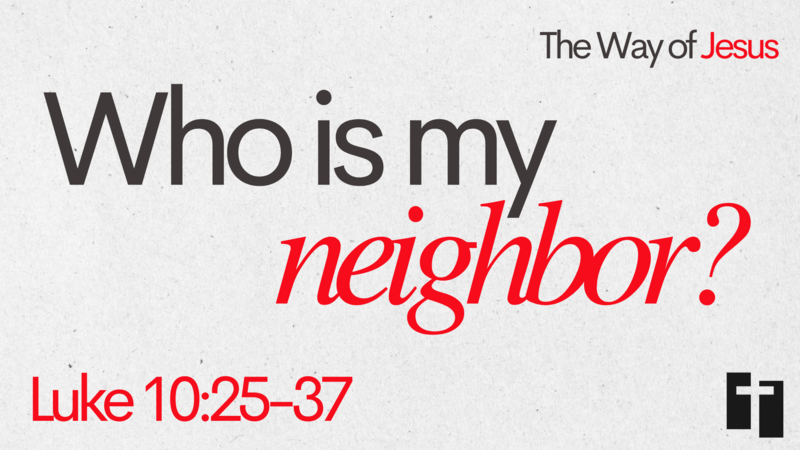
Message 1: “Who Is My Neighbor?”
Text: Luke 10:25–37
Series Title: Justice. Mercy. Humility. — The Way of Jesus
Theme Verse: Micah 6:8
Key Focus: True justice begins with mercy. Jesus redefined “neighbor” not by proximity, but by compassion.
I. THE QUESTION THAT REVEALS THE HEART (vv. 25–29)
“Teacher, what must I do to inherit eternal life?”
The lawyer’s question is both spiritual and legal — a setup to test Jesus.
Jesus flips it with a question of His own: “What is written in the Law?”
The answer: Love God and neighbor — spot on (from Deut. 6:5 and Lev. 19:18).
But then: “Wanting to justify himself, he asked: And who is my neighbor?”
Teaching Insight:
The lawyer wants limits. He asks, “Who qualifies for my compassion?” — but Jesus’ parable will redefine neighbor not as someone who fits your circle, but as someone you choose to love.
Application:
Today, we often ask similar justifying questions:
“Do they deserve help?”
“Is it safe?”
“Are they like me?”
II. THE STORY THAT REDEFINES JUSTICE (vv. 30–35)
“A man was going down from Jerusalem to Jericho...”
The Victim: Beaten, stripped, and left half-dead — possibly Jewish, but deliberately unidentified (he could be anyone).
The Priest and Levite: Religious insiders who “saw him” but “passed by on the other side.” They saw but didn’t see with compassion.
The Samaritan: Culturally hated, religiously excluded — he’s the outsider. But he saw, had compassion, touched, bound wounds, paid costs, and promised return.
Teaching Insight:
Jesus uses a Samaritan — an ethnic and religious outsider — to shame the religious elite.
The true neighbor is not the one closest to you, but the one who shows mercy.
Application:
We are called to see with God’s eyes, not social filters.
To go toward pain, not around it.
To touch wounds, not offer excuses.
Practical Tie-In:
This applies to immigrants, strangers, the poor, the hurting — those who are easily passed by in our daily lives.
Ask: Who lies "half-dead" on the roadside in my city, my church, my path?
III. THE CALL TO GO AND DO (vv. 36–37)
“Go and do likewise.”
Jesus flips the lawyer’s question from “Who is my neighbor?” to “Are YOU being a neighbor?”
He doesn’t define the neighbor as someone to serve based on qualifications — He defines the neighbor as someone you become.
Teaching Insight:
This parable is not just about identifying need; it’s about embodying mercy.
Challenge to the Church:
What if we stopped asking, “Who deserves my help?”
And started asking, “Who can I be a neighbor to this week?” Who have you passed by lately?
This week, intentionally see one person you might usually ignore.
Cross a line. Offer mercy. Be the neighbor Jesus calls us to be.

